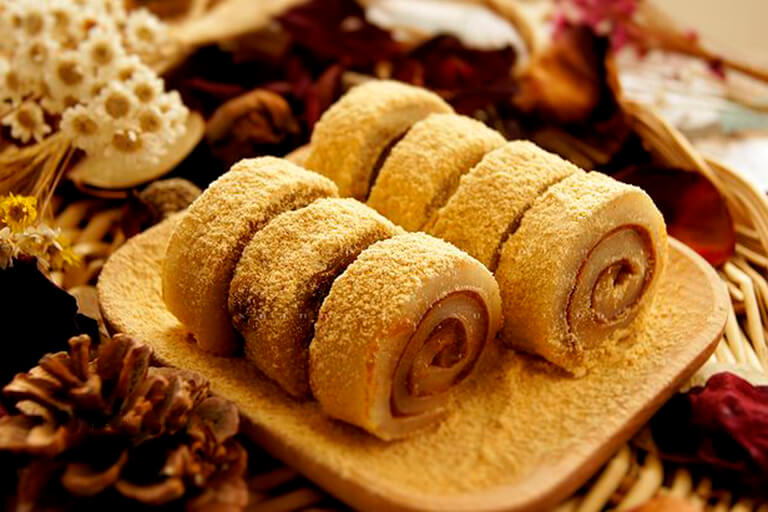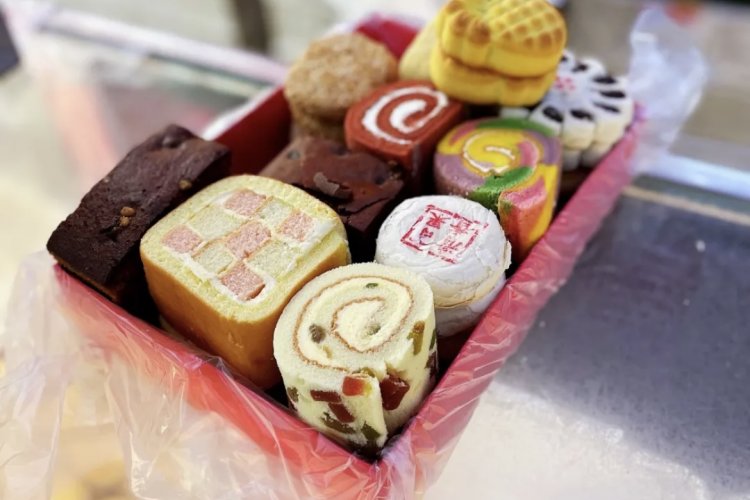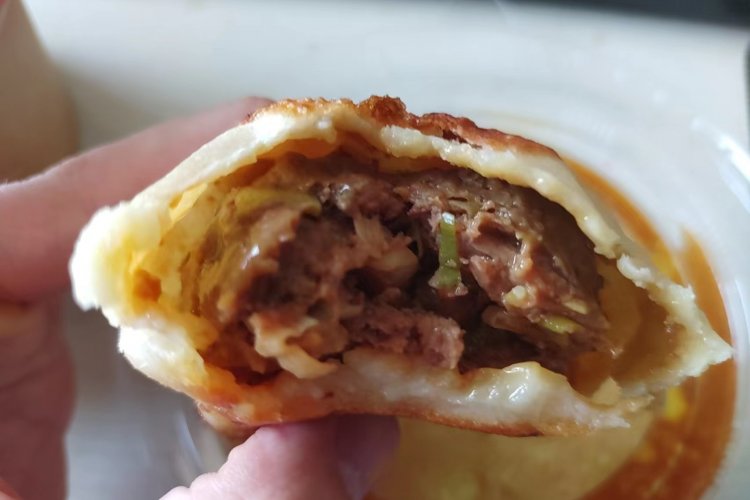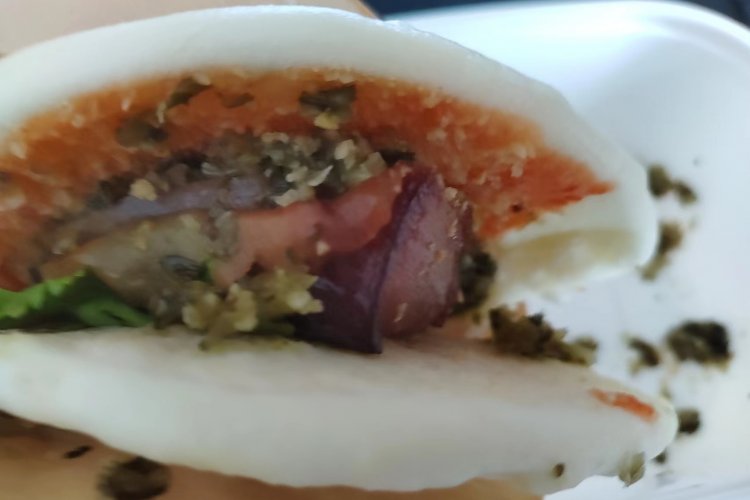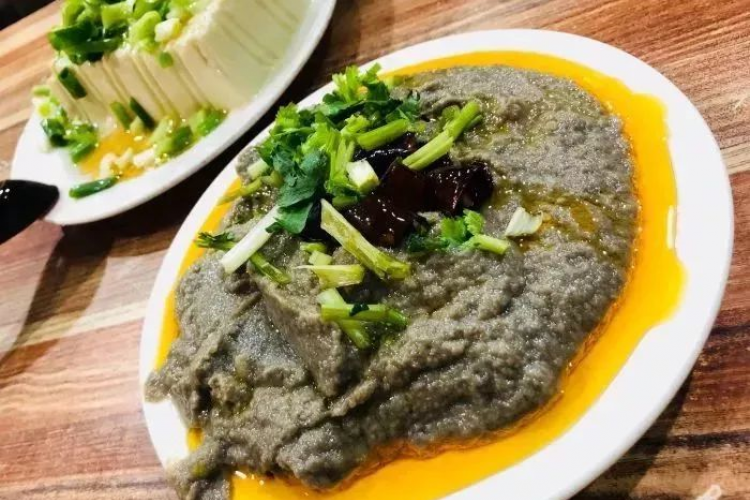Snack Attack: Scarfing Down Three Beijing Treats
Snack Attack is your weekly guide to the sometimes smelly, sometimes flavorful, sometimes odd munchies to be had in the capital.
I’ll never forget the first cake I had from a bakery in China. What I expected was that big hit of American-level richness and sweetness I’d become accustomed to in the US, but instead got something so light it ruined my appetite.
The black forest cake I’d ordered from the café bakery looked tantalizing enough on the menu and in person, but the light flavor caught me, and my stomach, off guard. I had to spend the rest of the day in bed, my stomach oddly sick from the shock.
These days the opposite is true: When confronted with American-style desserts, chocolate and the like, the richness is almost unbearable. But when it comes to local cakes and confections, I don’t mind it one bit.
However, that doesn’t necessarily mean I’m familiar with local sweets, and particularly those of Beijing.
To remedy this, I took the opportunity to get a little sampler pack of a few local snacks over the weekend. What follows is a rundown of all three – and whether or not they’re worth your time.
What’s in a name?
Seeing as I’m a sucker for a good donkey sandwich (I mean, it is the Earthly equivalent of dragon meat), when I first saw the name “donkey roll” (驴打滚 lǘdǎgǔn) my interest was piqued.
Unfortunately, these rolls aren’t filled with this heavenly meat, but red beans made to look like meat, which is encased in a white glutinous rice filling and covered in fried soybean flour.
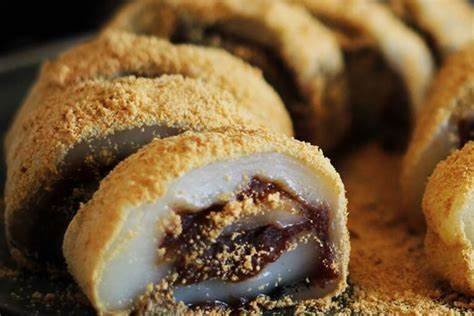
According to legend, the Donkey Roll – or Rolling Donkey, as it’s sometimes called – got its name, quite simply, by chance. The maker of these rolls was minding his own business one day when the emperor, of all people, came to his shop and asked for a taste of his concoction.
The emperor loved the rolls, and asked the confectioner what they were called. Put on the spot and not knowing what to say, he blurted out “donkey rolls!” and the name stuck.
This ain’t no bar of soap

It isn’t, I swear! This is 绿豆冰糕 lǜdòu bīnggāo, a little cake made from mung beans and naturally sweetened with ingredients like rose petals and nuts.
Thankfully this little cake isn’t savory like madoufu, but you do get a bit of the vegetal taste of the mung beans on first bite. This gets tampered by the rose petals and other sweetners, however, making for a light little munchy.

Big chunk of haw candy
Come autumn and winter in Beijing, the name of the game is hawthorn. Though typically enjoyed as tanghulu, skewers of the stuff coated in sugar, there’s plenty of ways to get your haw fix, one of which is this blood red hawthorn cake – aka 山楂糕 shānzhāgāo.
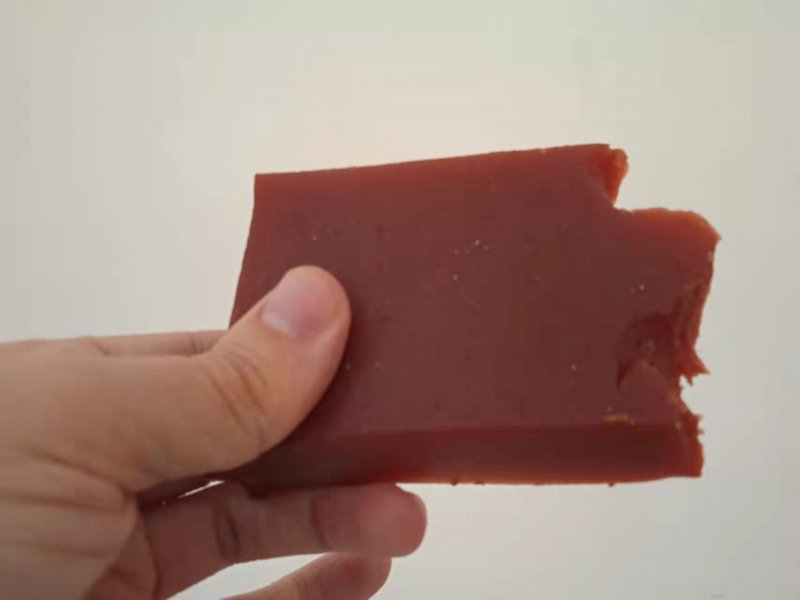
This was by far my favorite of all the snacks. It’s got that quintessential Beijing winter flavor, the hit of sour and sweet that only hawthorn can bring. Plus, it’s big enough to split up and share with a few friends or coworkers.
To try this sample platter thing, you can get it from here – or order for delivery on Meituan:
Yuanbao Steamed Cakes 元寶甑糕
Heshenghui B2, A22 West Dawang Road, Chaoyang District
潮阳区西大望路甲22号 - 合生汇B2
READ: Snack Attack: Munching on Madoufu, Son of Douzhi'er
Images: chinadiscovery.com, xiaochushuo.com, detail.youzan.com, Vincent R. Vinci
Related stories :
Comments
New comments are displayed first.Comments
![]() BauLuo
Submitted by Guest on Tue, 07/19/2022 - 12:16 Permalink
BauLuo
Submitted by Guest on Tue, 07/19/2022 - 12:16 Permalink
Re: Snack Attack: Scarfing Down Three Beijing Treats
`.. the richness is almost unbearable' saith author, refering to the contemporary state of Chinese sweets.
Bear in mind that the term `richness' is in fact a term that means `fat content' (plus if the food is a sweet food, also sugar content). `Sugar, salt 'n fat, that is where it's at' . Vast empires have been built on this foodstuff trinity, just ask Mars Inc, FritoLay , Macdonalds, KFC and etc., and etc. Through in likker, and ya got yerself a foursquare foundation for world domination.
Validate your mobile phone number to post comments.

